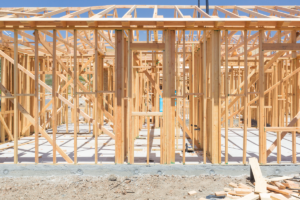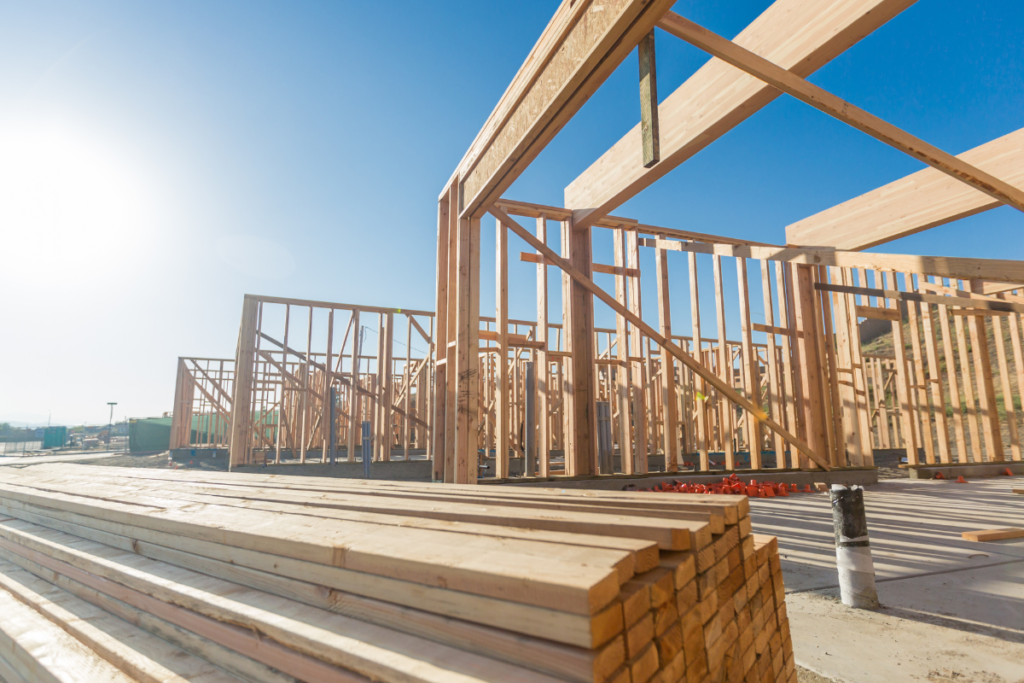 Introduction to Wood Framing Project Cost Estimation:
Introduction to Wood Framing Project Cost Estimation:
Wood framing is a critical component of many construction projects, providing the structural skeleton that supports everything from residential homes to commercial buildings. Whether you’re embarking on a small renovation or a large-scale construction, wood framing project cost estimation is essential for budgeting and resource allocation. Failing to accurately estimate costs can lead to budget overruns, delays, and compromised quality. In this article, we’ll explore proven strategies to help you achieve a precise wood framing project cost estimation while understanding the various factors that can affect your overall expenses.
What is Wood Framing?
Wood framing is the process of constructing a building’s framework using wood as the primary material. This framework supports the building’s roof, floors, and walls. Framing typically involves the use of lumber, which is cut and arranged into horizontal and vertical structures.
There are two primary types of wood framing: platform framing and balloon framing. Platform framing is the most common method used in residential construction, with the structure being built one floor at a time. Balloon framing, though less common, is used for taller structures where long, continuous pieces of lumber run the height of the building.
Factors Affecting Wood Framing Project Cost Estimation
Several variables can influence the cost of wood framing, and these factors must be taken into account for an accurate estimation. Let’s break them down:
1. Size of the Project
The larger the building, the more materials and labor are required. This increases the overall cost of the framing project. For example, a two-story residential home will demand more wood and more labor than a single-story house.
2. Type of Lumber
The cost of lumber varies based on its type, quality, and availability. Hardwoods like oak or mahogany are more expensive than softwoods like pine or spruce. Additionally, fluctuations in the lumber market can significantly impact the overall cost. Since wood prices have been volatile in recent years, keeping an eye on market trends can help you adjust your budget accordingly.
3. Labor Costs
Labor is a significant portion of any wood framing project cost estimation. The cost of skilled framers varies based on the region and the complexity of the project. Labor shortages can also drive up wages, further affecting your budget.
4. Design Complexity
Intricate designs or custom framing requests will increase the cost. For example, homes with cathedral ceilings, numerous windows, or unique architectural features require more time and specialized skills, raising both material and labor costs.
5. Building Codes and Permits
Local building codes can influence framing methods and material choices, adding to the complexity and cost of the project. In addition, securing building permits is a necessary expense for most construction projects and should be factored into your cost estimation.
6. Geographic Location
Where the project is located plays a significant role in wood framing project cost estimation. In metropolitan areas, labor rates and material costs are generally higher than in rural regions. Additionally, if you’re working in an area prone to harsh weather, you may need to invest in higher-quality materials that can withstand extreme conditions, further increasing the cost.
Steps for Accurate Wood Framing Project Cost Estimation
To ensure a precise cost estimation for your wood framing project, follow these steps:
1. Measure the Scope of the Project
Start by determining the total square footage of the building. This includes measuring the length, width, and height of the structure. Additionally, account for any unique architectural features such as vaulted ceilings or additional stories, as these will require extra materials and labor.
2. Estimate Material Costs
Once you have the measurements, calculate how much lumber will be needed for the framing. It’s essential to purchase high-quality lumber that meets local building codes, so don’t skimp on this aspect. Also, include the cost of other materials like nails, bolts, metal fasteners, and sheathing, which are crucial for securing the structure.
To get a clear idea of current wood prices, consider checking with multiple suppliers and getting quotes for different types of lumber. Always factor in about 10-15% extra for waste and miscuts.
3. Labor Costs
Next, calculate the cost of labor based on the size and complexity of the project. Many contractors charge per square foot, while others may charge hourly. It’s crucial to get a clear understanding of labor rates in your area by consulting multiple contractors for bids.
If the project is more complicated, such as with intricate framing designs, ensure that the estimated labor time reflects the additional complexity. Furthermore, allocating a small budget for unexpected delays or problems is a good idea.
4. Add Permits and Miscellaneous Fees
Check with your local authorities for the necessary permits for the project. Depending on your location, permit costs can range from a few hundred to a few thousand dollars. In addition to permits, factor in the cost of inspections and any fees associated with meeting building code requirements.
5. Contingency Planning
It’s always wise to set aside about 10% of your total budget as a contingency fund. Unexpected costs can arise from project delays, material shortages, or design changes. Having a buffer will prevent the project from coming to a standstill.
Additional Tips for Lowering Costs
Though accurate wood framing project cost estimation is crucial, finding ways to lower costs without sacrificing quality can make a significant difference:
- Purchase materials in bulk: Buying lumber and materials in bulk often comes with discounts.
- Source local materials: Sourcing lumber from local suppliers can reduce transportation costs and delivery delays.
- Negotiate with contractors: Don’t hesitate to negotiate with contractors to get the best labor rates. Getting multiple bids is essential for finding competitive pricing.
Accurately estimating the cost of a wood framing project requires careful consideration of materials, labor, permits, and the unique factors associated with your specific project. A thorough understanding of these elements will allow you to create a budget that minimizes surprises and ensures the project remains on track. By following the steps outlined in this article, you’ll be well-equipped to conduct a precise wood framing project cost estimation and make informed decisions throughout the construction process.
Are you looking for the best estimating services in USA?
Look no further than “https://zionestimating.com”
They are offering top-notch services like;
- Construction/cost estimation
- Budget planning
- Material takeoff
- Equipment estimation
and further more!!!
Here are some more information for your convenience:
Phone no. : +1 718-427-9941 || +1 562-383-6177
Email:[email protected]
Visit their blogs and site
https://zionestimating.com for the latest updates and service tips!
